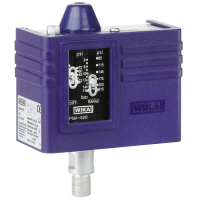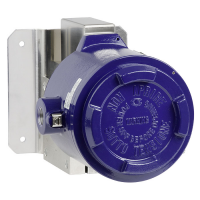Description
Applications of the diaphragm pressure switch
- Pressure monitoring and direct switching of electrical loads
- General process instrumentation in the chemical and petrochemical industries, oil and gas industries, power generation incl. nuclear power plants, water/wastewater industries, mining
-
For gaseous and liquid, aggressive and highly viscous or contaminated media, also in aggressive ambience
Special Features of the diaphragm pressure switch
- Case from 316L, IP 66, NEMA 4X
- Setting ranges from 16 mbar to 600 bar, also all other equivalent vacuum or combined pressure and vacuum ranges
- Repeatability of the switch point < 1 % of the setting range
- Ex ia version available
- 1 or 2 independent switch points, high switching power up to AC 250 V, 20 A
Description of the diaphragm pressure switch
These high-quality diaphragm pressure switches have been developed especially for safety-critical applications. The high quality of the products and manufacturing in accordance with ISO 9001 ensure reliable monitoring of your plant. In production, the switches are traced by quality assurance software at every step and subsequently are 100 % tested. All wetted materials are from stainless steel as a standard.
In order to ensure as flexible operation as possible, the diaphragm pressure switches are fitted with micro switches, which enable the switching of an electrical load of up to AC 250 V, 20 A directly.
For lower switching power ratings, such as for PLC applications, argon gas-filled micro switches with gold-plated contacts can be selected as an option. By using a diaphragm measuring system, the model MW diaphragm pressure switch is extremely robust and guarantees optimal operating characteristics. For applications with special requirements on the wetted parts, versions with materials from PTFE, Monel or Hastelloy are available.
For setting ranges from 4 … 40 bar a piston replaces or completes the diaphragm as a measuring element. The wetted parts of this variant from stainless steel are particularly suited for liquid media.
Selected documents




